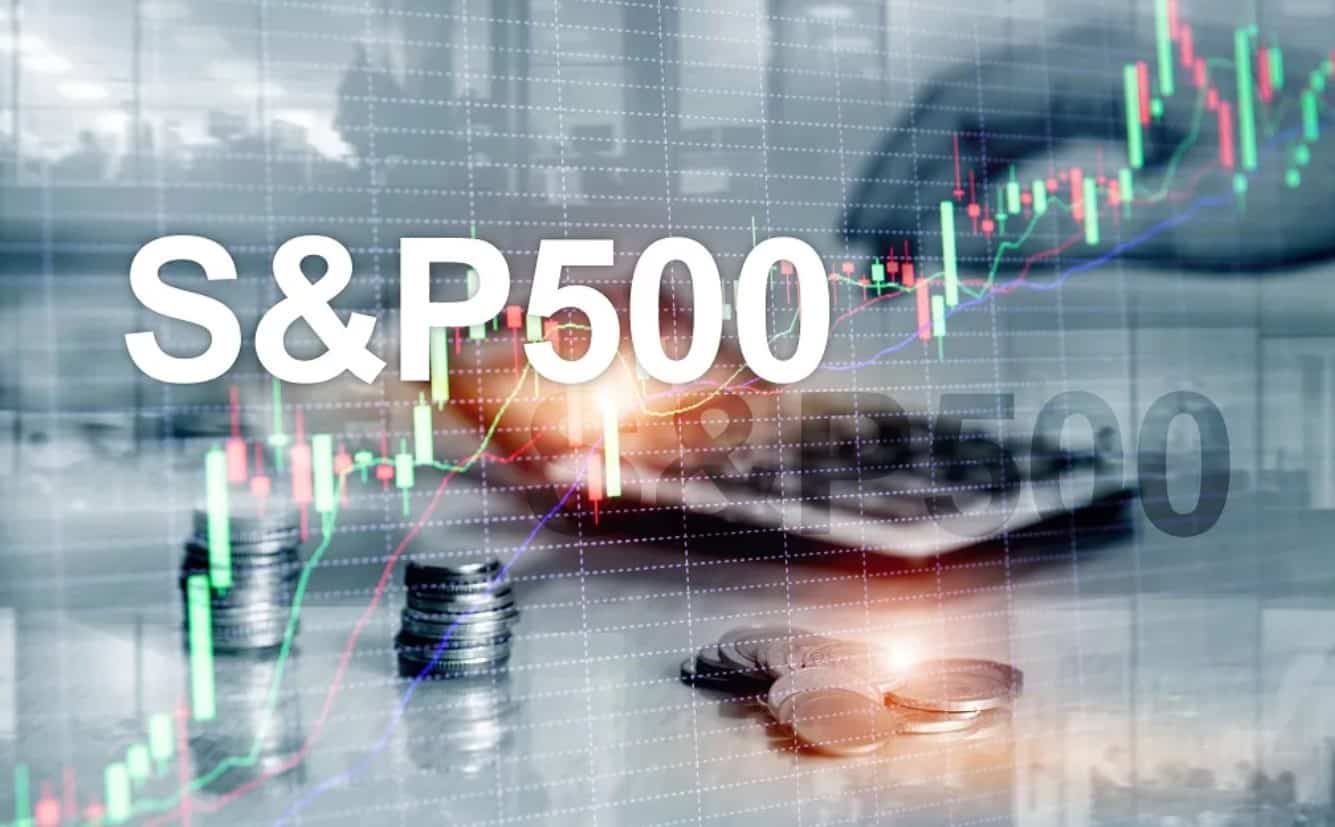Stocks posted sharp gains on Wednesday as recently surging commodity prices, especially oil, cooled off while the war in Ukraine continues.
The Dow Jones Industrial Average rose 653.61 points to 33,286.25, helped by gains in Salesforce, Nike and JPMorgan. The S&P 500 climbed 2.6% to 4,277.88, for its best day since June 2020. The technology-focused Nasdaq Composite gained 3.6% to 13,255.55, for its best day since November 2020, boosted by strong gains in mega-cap technology darlings.
Oil takes a leg lower
Oil prices took a sharp leg lower in afternoon trading, giving stocks an extra boost. WTI crude oil tumbled more than 12%, or $15, to settle at $108.7 per barrel, registering its worst day since Nov. 26. Meanwhile, Brent crude oil, the international benchmark, fell a similar 13%, or $16.8 to $111.1, for its biggest one-day drop since April 2020.
The market is reacting to an easing in commodity prices that have spooked stocks lately. Energy and agriculture products, in particular, have catapulted higher amid the fighting in Ukraine, while some metals also have posted major gains.
Silver, copper and platinum were all lower on Wednesday. Wheat futures were sharply lower, though palladium continued its march higher.
“The equity market continues to take its cues from changes in commodity prices, namely oil,” said Kathy Bostjancic, chief U.S. economist at Oxford Economics. “Trading will continue to be volatile and rally when prices retreat, but overall the prospect of oil and non-energy prices remaining very high casts a cloud overall the outlook for economic activity and the equity market.”
Certain consumer-related stocks roared back on Wednesday after weakness on fears that higher gas prices would dent consumer spending. Nike rose 4.7% and Starbucks added 4.3%.
Airlines and cruise lines were also higher on Wednesday. Carnival Corp. rose 8.8% and United Air Lines advanced 8.3%.
Treasury prices fell and yields climbed as investors rotated out of bonds after huddling in fixed income for protection amid the Ukraine war. The benchmark 10-year note yield rose about 5 basis points to 1.93%. A basis point equals 0.01%.
Bank stocks moved higher as yields rose. Bank of America rose 6.4% and Wells Fargo increased 5.8%. Goldman Sachs added 3.8%.
Energy stocks were lower on Wednesday following a strong session Tuesday after President Joe Biden announced a ban on Russian fossil imports, including oil, in response to the country’s invasion of Ukraine.
Elsewhere, shares of dating service Bumble soared 41.9% after it reported profit and expected growth that was much better than Wall Street expectations.
The major averages all closed lower Tuesday after a day of whipsaw trading. The Dow gave up a 585-point gain to end the day lower by 184 points. The S&P 500 slid 0.7%, in correction territory. The Nasdaq Composite lost 0.2%.
It remains to be seen if the Federal Reserve will manage a soft economic landing, but the U.S. should be able to avoid a recession, according to Ross Mayfield, investment strategy analyst at Baird.
“The strength of the U.S. labor market, consumer and aggregate corporate sector should act as the weight to keep us out of recession near-term,” he told CNBC. “Overall, volatility is likely to persist, [there’s a] wide range of outcomes possible in Ukraine, but the fundamentals of the U.S. economy still look decent, especially if the Fed can navigate raising rates without breaking demand.”
On the economic front, job openings outnumbered available workers by nearly 5 million in January, the Labor Department reported Wednesday.
Total vacancies fell to 11.26 million following a substantial upward adjustment in December’s numbers, the Job Openings and Labor Turnover Survey showed.
February’s consumer price index, a key measure of inflation, is due out at 8:30 a.m. ET on Thursday.a

